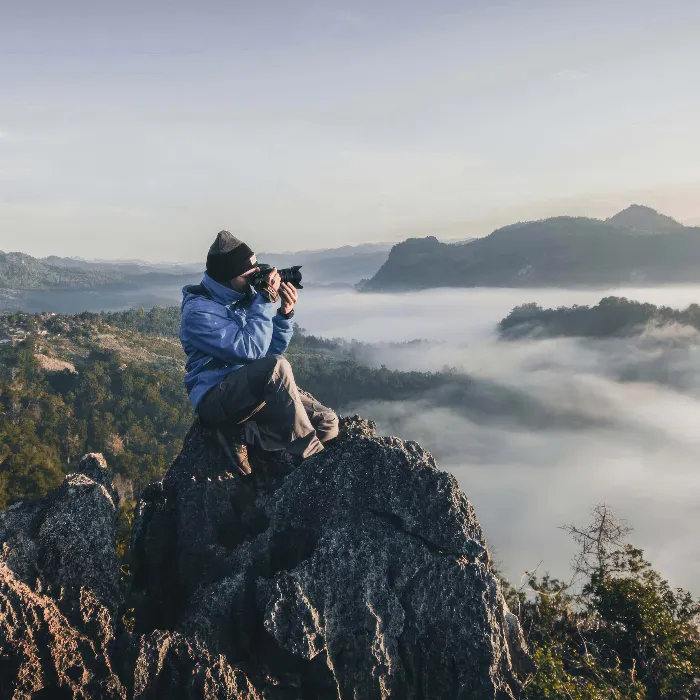Every light source has its own color temperature, which significantly influences the appearance of your photos. In this tutorial, I explain how you can control and purposefully use the properties of light colors to take your photography to the next level.
Key insights
- Light sources have different color temperatures measured in Kelvin.
- The higher the Kelvin value, the warmer and more reddish the light appears.
- A conscious approach to light sources makes your images more vibrant and authentic.
- The white balance of your camera plays a crucial role in color reproduction.
Understanding color temperatures
The first step in photography is to recognize the various light sources and their color temperatures. Each light source has its own temperature, which is given in Kelvin. The principle is: the higher the Kelvin number, the more likely the light is to appear bluish, while lower values lead to a more reddish light. This basic knowledge will help you make the right settings on your camera.

Light sources in everyday life
When assessing the room in which you want to photograph, pay attention to what light sources are available. In my case, I have a large ring light that emits bluish light. This allows me to illuminate myself well in the picture while still achieving natural skin tones.
To demonstrate how much light color can affect, I will now turn on the ceiling light, which also consists of LEDs. You will immediately notice a difference: the coloring of the background will appear more reddish, which can significantly influence the overall effect of the photo.
The influence of light on your shots
Besides artificial light, we also find various lighting conditions outdoors that should be considered. The midday sun is generally not as reddish as the light of a sunset. Therefore, it is important that you take the lighting conditions into account during the shoot and adjust the white balance of your camera if necessary.
White balance: Your best friend in dealing with light colors
The white balance is crucial for the accuracy of colors in your images. When your camera is set to automatic white balance, it usually handles the challenges posed by different light sources well. However, if you want more control over the colors in your images, you can use manual white balance. Be sure to consider the light source to achieve optimal results and to enjoy the individual color play of the light source.
Conclusion: Control over light colors is essential
In summary, this means that with the right knowledge about light colors and white balance, you gain deeper control over your photography. Pay attention to the lighting conditions during your shots and experiment with different light sources to achieve the best possible results.
Summary
To achieve the best results from your photographs, it is essential to understand the properties of the light sources and actively engage with them. Color temperatures determine the appearance of your images, so use this knowledge for your creative photography!
Frequently asked questions
What are the differences between Kelvin values?The higher the Kelvin value, the bluer the light becomes, while lower values produce reddish light.
How does white balance affect my photos?It ensures that the colors in your images look natural and match the light source well.
What should I consider with different light sources?Consider the color temperature of each light source and adjust the white balance of your camera accordingly.
How can I recognize the color temperature of a light source?Pay attention to how warm or cool the light appears on your subject, and use the Kelvin scale as a guide.
Can I adjust the white balance later in post-processing?Yes, many image editing programs allow for adjustments to the white balance to correct unwanted color casts.


